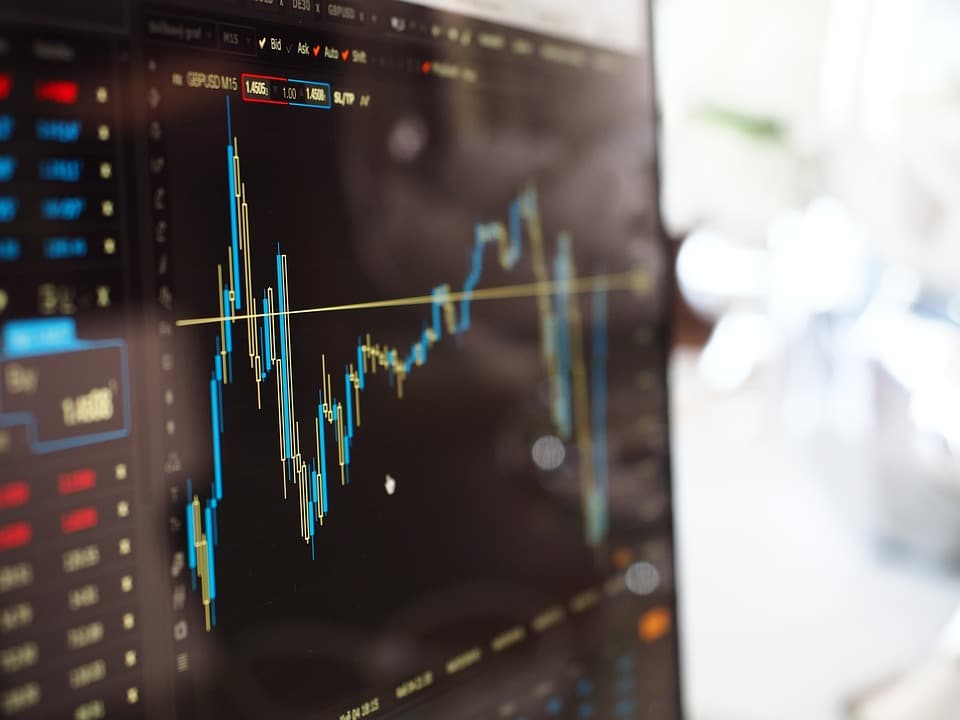Navigating the Surge: How Global Stock Exchanges Are Responding to Post-Pandemic Recovery
The COVID-19 pandemic triggered unprecedented volatility in global stock markets. After two years of uncertainty, investor sentiment appears to be shifting toward optimism as economies reopen and stimulus measures take effect. In this article, we will explore how global stock exchanges are navigating this surge during the post-pandemic recovery phase and analyze potential future trends based on current data and performance indicators.
The Current State of Global Stock Exchanges
A Look at Major Indices
As economies around the world begin to recover, prominent stock market indices are reflecting this positive sentiment. In the United States, the S&P 500 has seen substantial gains, climbing more than 70% from its March 2020 lows. The Nasdaq Composite, heavily weighted toward technology stocks, surged even higher, benefiting from accelerated digital transformation and remote work trends.
In Europe, the STOXX Europe 600 Index has also rebounded, driven by strong performance in banking and energy sectors. The FTSE 100 in the UK saw similar gains, supported by the swift rollout of vaccines and a recovering consumer sentiment. Meanwhile, Asian markets, such as the Nikkei 225 in Japan and the Shanghai Composite, have shown resilience as well, with investor confidence hovering at elevated levels.
The Role of Monetary Policy
Central banks worldwide have adopted accommodative monetary policies to stimulate economic growth. The U.S. Federal Reserve’s commitment to maintaining low-interest rates until achieving substantial employment and price stability has bolstered investor confidence. Likewise, the European Central Bank has continued its bond-buying program, fostering conditions for equities to thrive. However, with inflationary pressures mounting, concerns about potential rate hikes in the future loom large, adding volatility to the market landscape.
Sector Performances and Shifts
Tech Stocks: The Vanguard of Recovery
Technology stocks have been at the forefront of the market recovery. Companies like Apple, Amazon, and Microsoft witnessed significant growth during the pandemic and continue to thrive. As digital adoption remains a dominant trend, these tech giants are likely to influence market dynamics for some time. The Nasdaq’s resilience suggests that investors remain bullish about growth prospects in innovation-driven sectors.
Energy and Financials: A Resurgence
The energy sector is experiencing a remarkable rebound. With oil prices recently surpassing pre-pandemic levels, companies involved in energy production and distribution have gained investor interest. The S&P 500 Energy Sector Index has consistently outperformed other sectors, reflecting the market’s positive outlook on the global demand recovery.
Financial stocks are also regaining traction, benefitting from rising interest rates and easing regulatory burdens. As Central Banks cautiously signal a shift in monetary policy, financial institutions are set to experience improved profit margins.
Consumer Discretionary: A Mixed Bag
The consumer discretionary sector has seen a diverse recovery trajectory. While online retail companies continue to thrive, traditional brick-and-mortar retailers are making a hard-fought comeback with eased restrictions. High inflation and supply chain issues do pose challenges, but pent-up consumer demand could stimulate growth in the latter half of 2023.
Personal Analysis: The Road Ahead
The post-pandemic recovery is far from linear, influenced by myriad factors including geopolitical tensions, inflation concerns, and potential virus resurgences. However, the overall trend appears optimistic as we move into uncharted territory for the global economy.
Key Indicators to Watch
-
Inflation Trends: Rising inflation could prompt faster-than-expected monetary policy shifts, impacting market sentiment. Investors should monitor indices like CPI (Consumer Price Index) and PPI (Producer Price Index) as bellwethers for inflationary pressures.
-
Corporate Earnings: The earnings season acts as a critical indicator of recovery, particularly in sectors like technology and consumer discretionary. A strong earnings rebound could justify elevated valuations and sustain market momentum.
- Emerging Markets: As global growth continues, emerging markets could become attractive investment avenues. The MSCI Emerging Markets Index can provide insights into the performance of these economies.
Estimating Future Trends
Considering current trends, we can speculate on several possible outcomes for global stock exchanges:
-
Continued Bull Market: If inflation remains manageable and corporate earnings continue to exceed expectations, a continued bull market may ensue, fueled by ongoing investments in technology, clean energy, and innovation. This could see indices like the S&P 500 and Nasdaq reach new record highs.
-
Increased Volatility: Conversely, if inflation accelerates uncontrollably or central banks pivot quickly to higher interest rates, we could see increased volatility in stock prices. This shift may lead to a correction in overvalued sectors and introduce bifurcated market movements.
- Sector Rotation: As the economy stabilizes, we might see a shift from tech to value stocks, where sectors like energy and financials could outperform. Indices such as the Russell 1000 Value Index could benefit from such transitions, as investors seek safer investments in steadier sectors.
Conclusion
Navigating the post-pandemic surge presents numerous challenges and opportunities for global stock exchanges. Investors must stay astute, analyzing market indices and other significant economic data to make informed decisions. As sectors evolve, influenced by consumer behaviors and policy changes, the global financial landscape will continue to shape investor sentiment and market dynamics.
Going forward, the key will be to stay flexible and keep a close watch on indicators and shifts within individual sectors, as the landscape continues to evolve. The world is still in recovery mode, and understanding these transitions may very well dictate the next phase of investment strategies as we look ahead.
[adrotate group="2"]




